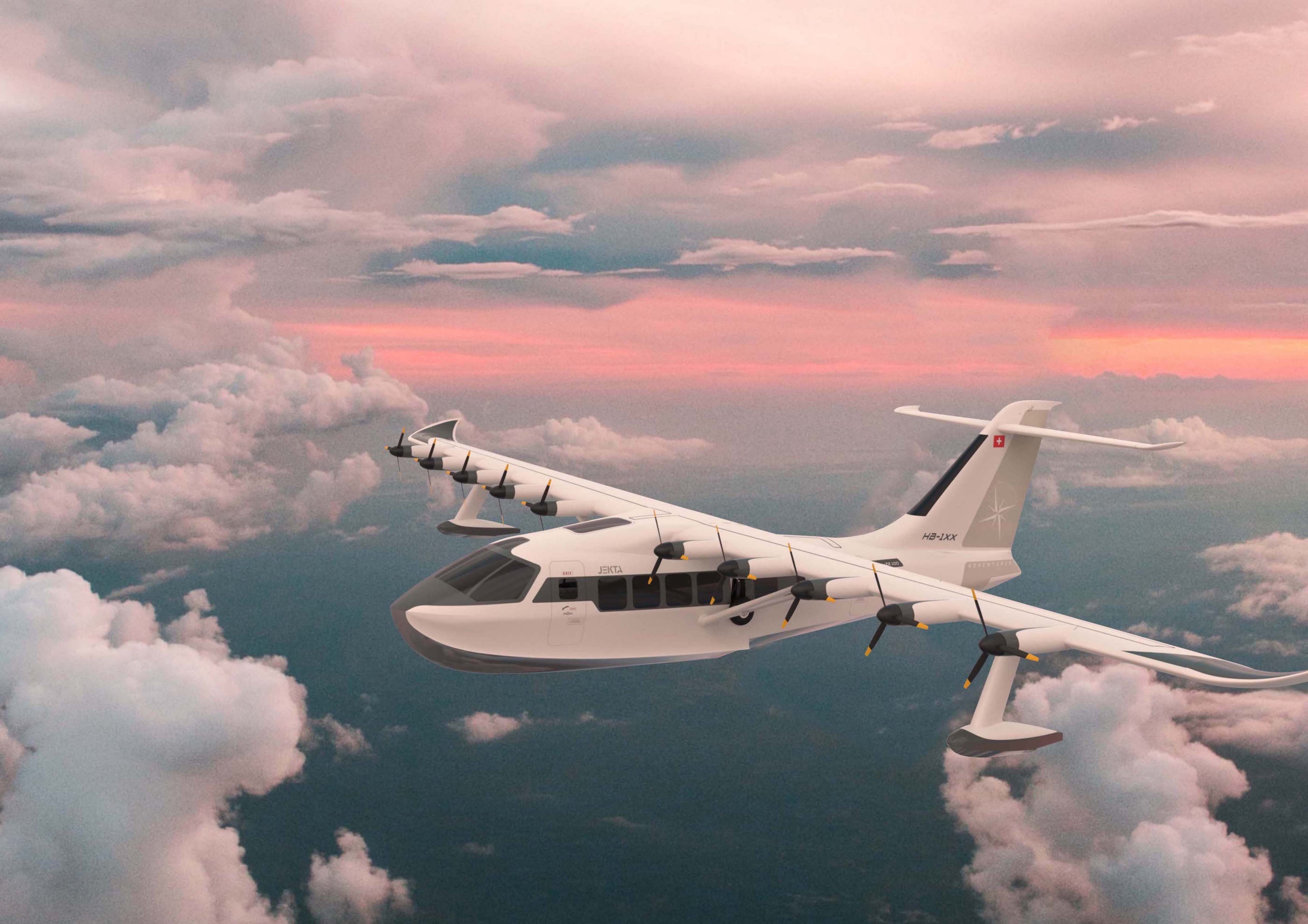Click Here to View This Page on Production Frontend
Click Here to Export Node Content
Click Here to View Printer-Friendly Version (Raw Backend)
Note: front-end display has links to styled print versions.
Content Node ID: 420000
Honeywell this week published a reference guide on the certification process for vehicles being developed in the advanced air mobility (AAM) sector. The aerospace group says that the Honeywell State of UAS and UAM Guide will track the status of the regulatory process for new aircraft—including those with electric propulsion and in some cases ones intended for fully autonomous uncrewed operations—being conducted by agencies including the FAA and EASA.
“We understand the challenges that professionals working in the AAM industry face as they look to navigate, track, and ultimately comply with myriad developing regulations,” said Jia Xu, Honeywell’s chief technology officer for UAS and UAM (uncrewed air systems and urban air mobility). “Because Honeywell provides certifiable, mission-critical systems that make AAM vehicles fly, it’s essential that we understand the certification landscape across all AAM segments. We initially developed this certification summary table as a quick reference for our own team; however, we quickly realized that the information here can benefit the wider industry. We intend to update this document regularly to help AAM companies keep pace with regulatory development.”
While much of Honeywell’s work in the fast-growing AAM market has involved supporting developers of eVTOL aircraft and drones intended mainly for urban operations, the company is diversifying its involvement in new aircraft across the sector. On May 9, it announced a memorandum of understanding with Jekta to support the Swiss start-up’s plans to develop a 19-seat flying boat called the Passenger Hydro Aircraft Zero Emission 100 (PHA-ZE 100).
Honeywell Will Help Define System Architecture for PHA-ZE 100 Seaplane
Under the terms of the agreement, Honeywell will help Jekta to define the architecture of the final system for the all-electric aircraft by the end of 2023. In addition to needing an avionics suite for the PHA-ZE 100, which Jekta intends to be operated with a single pilot, the company will need help with plans for a battery-electric or hydrogen fuel-cell propulsion system.
Jekta says it plans to certify the amphibious aircraft under EASA’s CS-23 rules and their FAA Part 23 equivalent by around 2029. It expects the aircraft to have a range of around 150 kilometers (94 miles) at speeds of up to 135 knots (155 mph).
“The signing of this MOU is a real vote of confidence for Jekta and the PHA-ZE 100, which will satisfy the travel demands of a whole generation of passengers seeking affordable, environmentally friendly, regional travel solutions,” said Jekta CEO George Alafinov. “We are proud to be the beneficiary of the years of Honeywell experience and anticipate that it will add real value to the development of an aircraft that operators will welcome, and passengers will love.”
In a dedicated laboratory in Phoenix, Honeywell Aerospace is working on new propulsion technology, electrical power management systems and avionics, and flight control solutions for new aircraft. It is supporting several of the new eVTOL developers, including Supernal, Lilium, and Archer, as well as the proposed Flying Whales airship.
